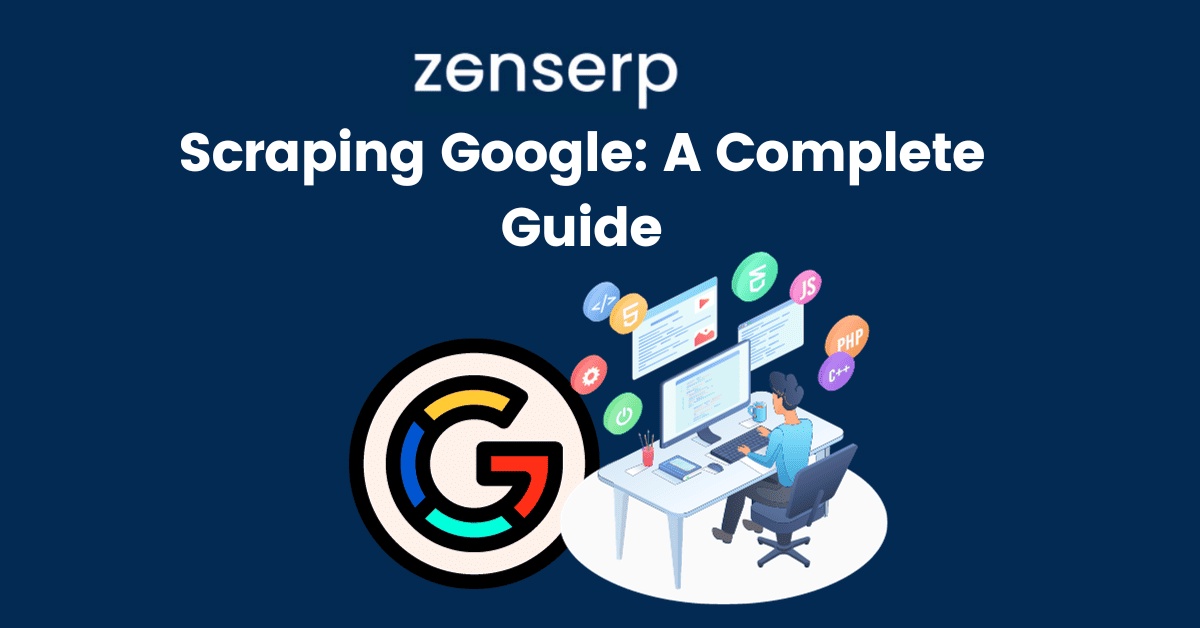In the fast-paced world of e-commerce, staying ahead of the competition requires leveraging cutting-edge technologies and tools. Two essential components for online retailers aiming for success are Search Engine API and the Google Shopping API. These tools not only enhance the user experience but also contribute significantly to increased visibility and sales. In this article, we'll explore the functionalities and benefits of these APIs and how they can be harnessed to propel your e-commerce business to new heights.
Understanding Search Engine APIs:
Search Engine APIs play a pivotal role in connecting online platforms with search engines, enabling seamless communication and data exchange. These APIs provide developers with the ability to integrate search functionalities directly into their websites or applications, enhancing the user experience by delivering accurate and relevant search results.
For e-commerce websites, integrating a Search Engine API ensures that customers can easily find the products they're looking for. By tapping into the search capabilities of major search engines, such as Google, Bing, or Yahoo, businesses can provide users with a familiar and efficient search experience. This not only improves customer satisfaction but also boosts conversion rates as users are more likely to make a purchase when they find what they're looking for quickly and effortlessly.
Moreover, Search Engine APIs empower businesses to optimize their product listings for search engines, increasing the likelihood of appearing in relevant search results. This is crucial in the highly competitive world of e-commerce, where visibility can make or break a business. By utilizing these APIs, online retailers can stay ahead of the competition by ensuring that their products are easily discoverable through popular search engines.
Google Shopping API:
Google Shopping API, on the other hand, is a specialized tool provided by Google that focuses specifically on enhancing the visibility and performance of product listings. As part of the Google Ads platform, the Google Shopping API enables businesses to programmatically manage their product data, create and update product listings, and even retrieve performance metrics.
One of the key advantages of the Google Shopping API is its ability to synchronize product information in real-time. This ensures that your product listings are always up-to-date, reflecting any changes in inventory, pricing, or product details. This not only saves time but also reduces the chances of displaying outdated or inaccurate information to potential customers.
Furthermore, the Google Shopping API allows for the creation of dynamic and engaging product ads. Businesses can customize their product listings with high-quality images, compelling descriptions, and other relevant details, making their products stand out in the crowded online marketplace. This visual appeal can significantly impact a customer's decision-making process, increasing the likelihood of a conversion.
The API also provides valuable insights into the performance of your product listings. Metrics such as click-through rates, conversion rates, and impressions can be analyzed to fine-tune your advertising strategy. By understanding how users interact with your listings, you can make data-driven decisions to optimize your ad campaigns, allocate budgets effectively, and maximize your return on investment.
Synergizing Search Engine and Google Shopping APIs:
While both Search Engine APIs and the Google Shopping API offer unique benefits, combining them can result in a powerful synergy that propels your e-commerce business to new heights. By integrating these APIs, you can ensure that your products not only appear in traditional search results but also feature prominently in Google's dedicated shopping platform.
For example, when a user searches for a specific product on Google, your listings can appear both in the standard search results and in the dedicated shopping section, providing multiple touchpoints for potential customers. This dual presence increases the visibility of your products and enhances the chances of capturing the attention of users at different stages of their buying journey.
Additionally, by harnessing the power of both APIs, you can create a cohesive and integrated shopping experience for your customers. Users can seamlessly transition from discovering products through search results to exploring your offerings in the visually appealing Google Shopping format. This continuity in the user experience can lead to higher engagement and increased customer satisfaction.
Conclusion:
In the ever-evolving landscape of e-commerce, staying competitive requires adopting innovative tools and strategies. Search Engine APIs and the Google Shopping API offer a dynamic duo for online retailers looking to enhance visibility, improve user experience, and drive sales. By understanding and leveraging the unique features of these APIs, businesses can create a seamless and engaging shopping experience for their customers, ultimately leading to increased success in the competitive world of online retail.


No comments yet